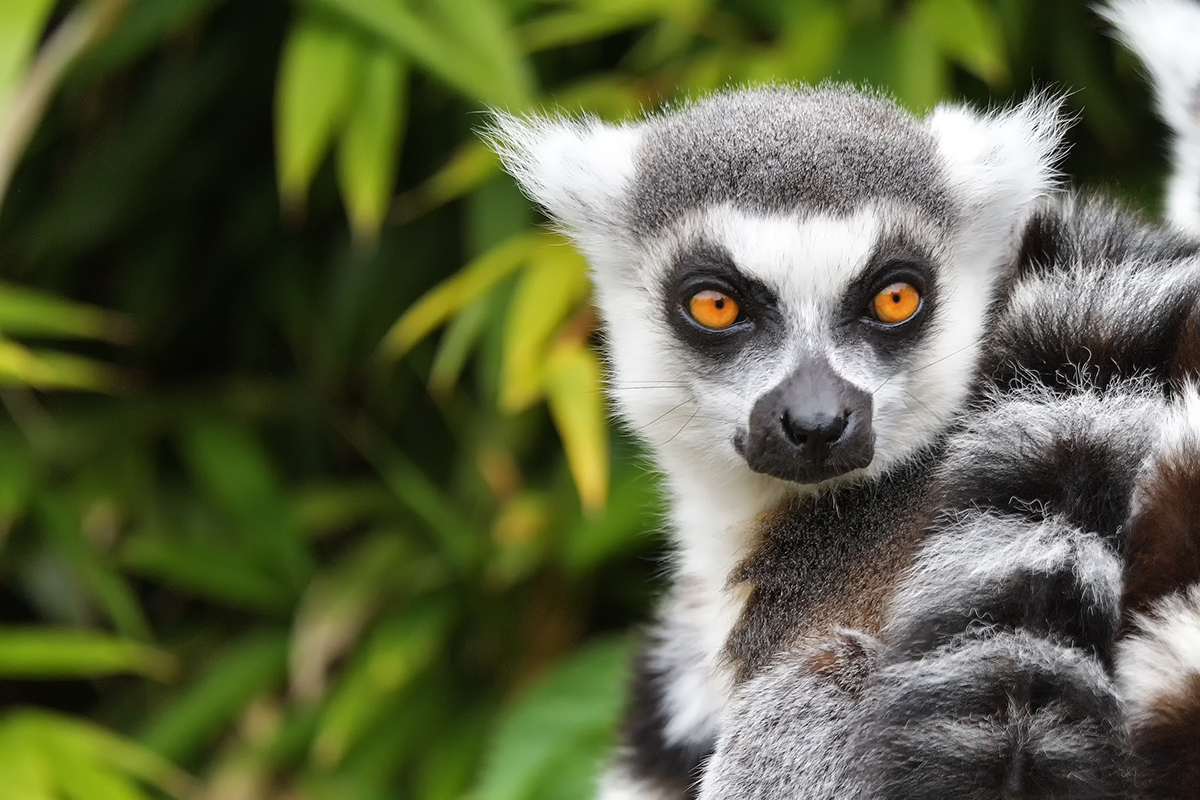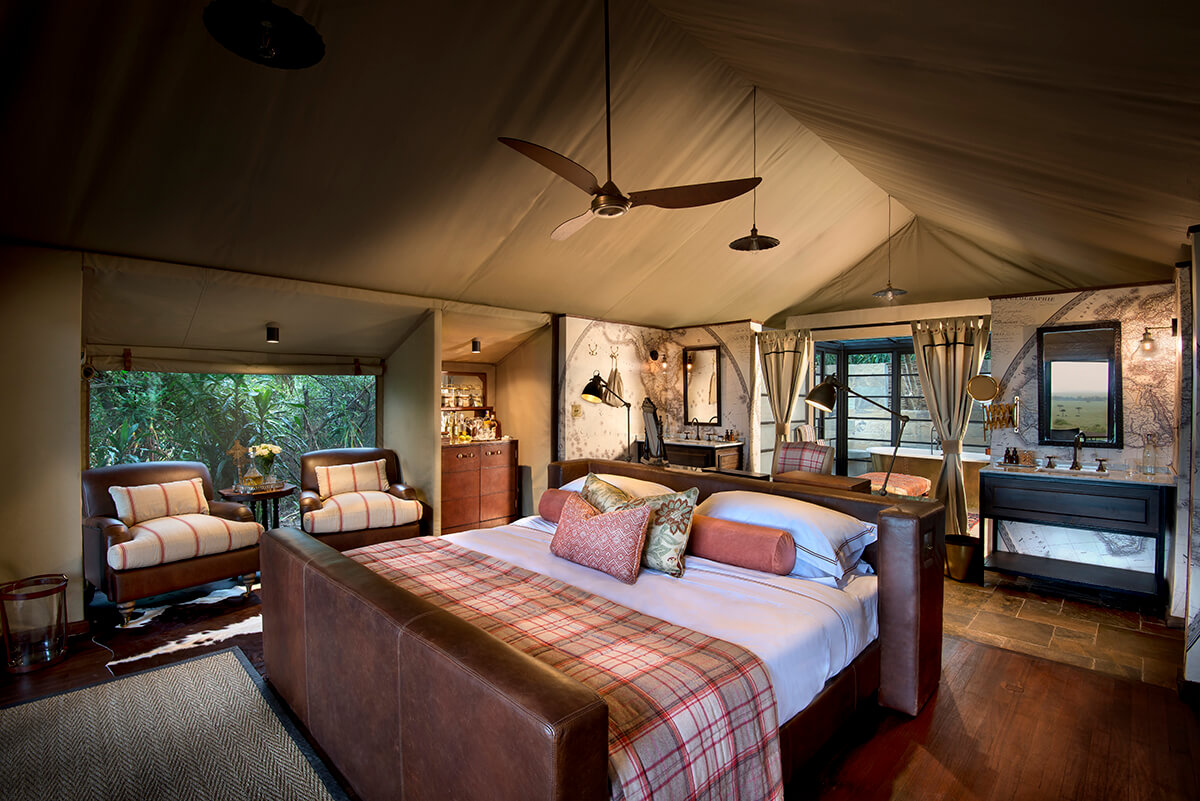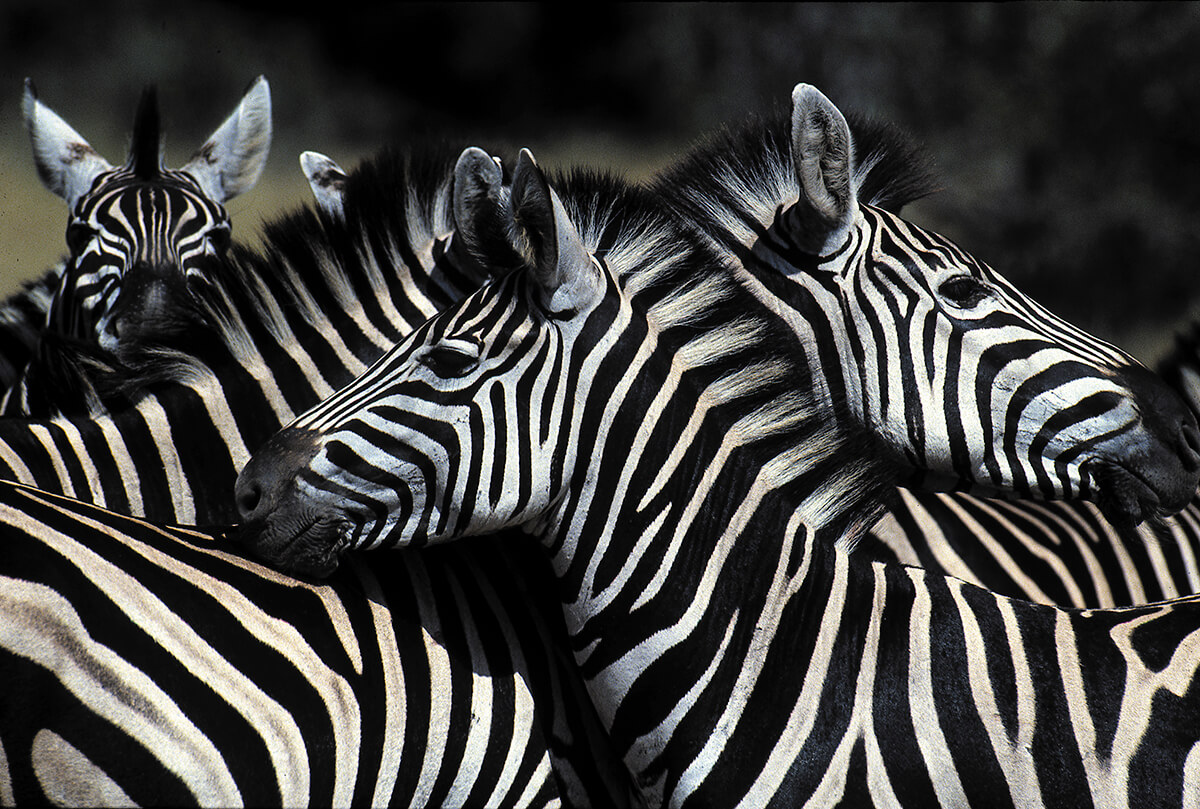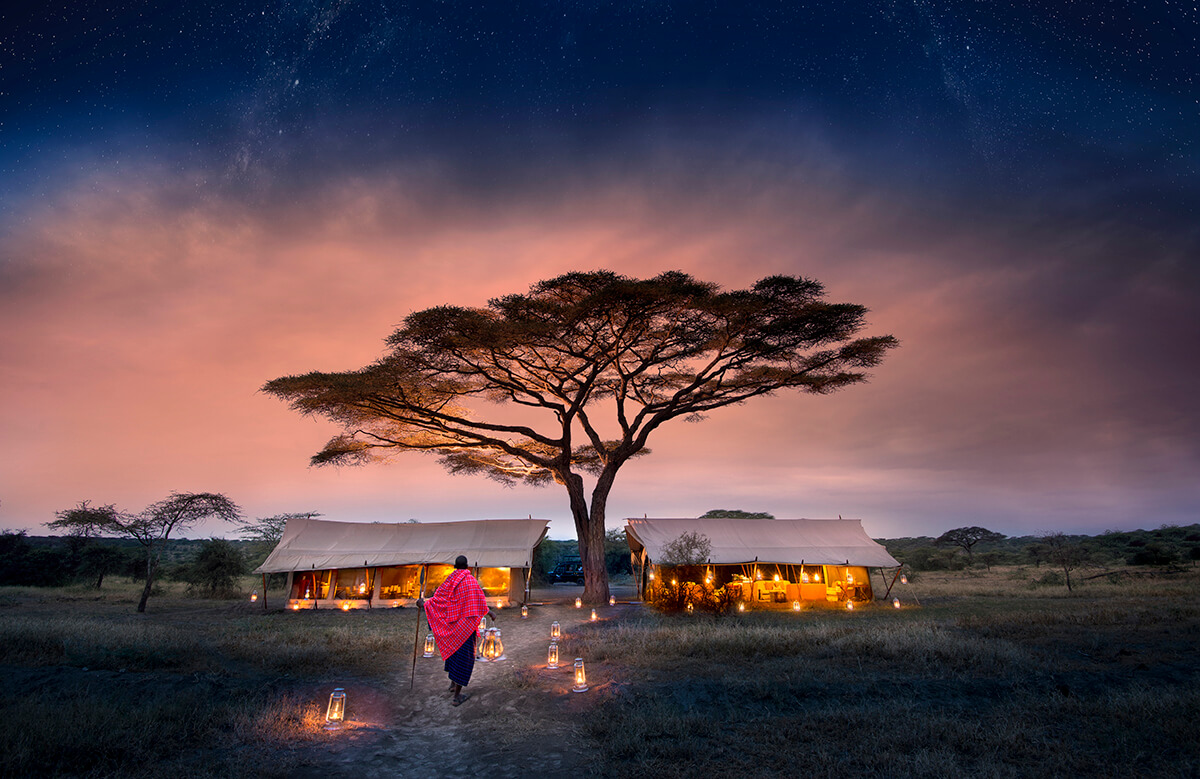
Durjoy Rahman, the founder of the Durjoy Bangladesh Foundation
Like many organisations, the Durjoy Bangladesh Foundation saw its programming curtailed during the pandemic. In the first of this two part feature, Rebecca Anne Proctor reports on plans to make up for precious lost time in its mission to bridge different geographic and conceptual worlds of art
When the Nepalese artists and curators Hit Man Gurung and Sheelasha Rajbhandari staged ‘Garden of Six Seasons’, a group exhibition at Hong Kong’s Para Site (15 May – 15 November 2020), they couldn’t have imagined that just two years later a version of the show would be held in Berlin during the summer of 2022. Held at SAVVY Contemporary, an independent art, cultural and community space (from 10 June to 10 July), the exhibition, which is now titled ‘Garden of 10 Seasons’, brings the work of Gurung and Rajbhandari full circle: from the Far East to the West in the effort to promote art from the Global South and flip a Western-centric vision of the world.

Artworks by Joydeb Roaza. Courtesy of Durjoy Bangladesh Foundation and the artist
A precursor to the recent Kathmandu Triennale 2077 – that took place in Kathmandu, Nepal, from 11 February to 31March – the Hong Kong exhibition, which they presented with the artistic director Cosmin Costinas, displayed artworks showcasing various interpretations of the garden as a metaphor for mankind’s relentless efforts to control nature and reconstruct the world order. The show in Hong Kong, then Berlin, critically looks at diverse Indigenous knowledge as a source for decolonising power structures, marking, as its curators state: “a much-needed intervention in our understanding of what constitutes art.” The exhibition also brings together South Asian partnerships, sponsored by Bangladeshi entrepreneur, art patron and collector Durjoy Rahman and his Durjoy Bangladesh Foundation (DBF). His aims, like those of Gurung and Rajbhandari, are precisely to forge cross-cultural dialogue and exchange between the Global South and international art community.

Works by Shilpa Gupta. Courtesy of Durjoy Bangladesh Foundation and the artist
Since its founding in 2018, DBF has been on a mission. The foundation’s forthcoming roll-out of events depicts a desire to transcend the challenges of the past few years and set the world order straight – through art and creativity. “The post-Covid scenario will be looked at differently by everyone regardless of whether or not they are involved in art,” said Durjoy from Dhaka. “From curated exhibitions to awards and symposiums, our effort to connect, convene and sustain a global art ecosystem is now stronger than ever.” From the founding of the foundation, Durjoy states that its aim was to “highlight and support artists and creatives in diverse mediums from South Asia and foster cultural exchange with the West and beyond.” With more than 25 years as an art collector, he says that while he has seen the art landscape of South Asia progress and transform, he believes it has “seldom received due recognition”.
Follow LUX on Instagram: luxthemagazine
Over the next few months, the foundation will stage and support the Asia Arts Game Changer Awards India as a benefactor of the DBF Asia Art Future Award, presented to Sri Lankan Jasmine Nilani Joseph. In December2022, the first edition of the DBF Kochi-Muziris Biennale (KMB) Award (announced in April 2022 during the Venice Biennale) will recognise ground breaking contemporary visual artists or collectives, predominantly from the South Asian region.

Works by Rana Begum. Courtesy of Durjoy Bangladesh Foundation and the artist
On 6 March, DBF-supported Indian artist Pallavi Paul’s first solo exhibition in Berlin, newly commissioned by SAVVY Contemporary and shown in the framework of the Berlinale’s Forum Expanded 2022. Additionally, DBF will help stage ‘Garden of 10 Seasons’ in the summer at SAVVY Contemporary. The fourth edition of the foundation’s Majhi International Art Residency will also take place from the end of September to early October this year, with the location still to be decided.
“Our aim is to create epistemological diversity by organising exhibitions, symposia, performances – the body as a site of discourse– radio programmes, discussions, poetry and literature events,” says Elena Agudio, the artistic co-director of SAVVY Contemporary, founded in 2009, that engages with the ideologies, politics and daily practices of oppression by deconstructing the history and continuity of Western hegemony, and by reconnecting with forms of co-existence and togetherness.

Culinary art by the ‘MasterChef Australia’ finalist Kishwar Chowdhury. Courtesy of Durjoy Bangladesh Foundation
‘Garden of 10 Seasons’ will be co-curated by the artists Gurung and Rajbhandari, and explores the meaning of gardens and their impact on culture. “Since 2009 we have been trying to undo Western systemic violence through creative means; we are trying to understand the world through multiple perspectives,” added Agudio. The show at SAVVY Contemporary will depart from the themes presented in Kathmandu. “At its core are image- and object-making lineages that transversed or unfolded in parallel to what the West has deemed as modernity,” said Rajbhandari and Gurung. In effect, the exhibition attempts to build frameworks of understanding and bridge together multiple aesthetic and cosmological conceptualisations.

Works by Hamra Abbas. Courtesy of Durjoy Bangladesh Foundation and the artist
Many practices, such as Paubha painting in Nepal, ink wash in East Asia, and bark cloth in the Pacific, have been side-lined within Eurocentric discourse, added the curators. Most recently, DBF sponsored a symposium titled ‘Coming to Know’ on occasion of the opening of ‘A Slightly Curved Place’. Curated by Nida Ghouse and Brooke Holmes, the exhibition presented the first ambisonic, or three-dimensional, surround-sound installation staged by the UAE’s Alserkal Arts Foundation at Concrete, in Dubai, and based on the practice of the acoustic archaeologist and sound technician Umashankar Manthravadi.
Read more: Durjoy Bangladesh Foundation: Layers of Meaning
The exhibition offers new ways of thinking about curatorial practice, thus pushing the boundaries of what an art exhibition can offer– while also remaining open to the critical debate revolving around the importance and expansion of new technologies. “As an art foundation, our endeavours cannot be confined within the exhibition of our collection,” says Durjoy. “We wanted to fulfil our social purpose of building a greater awareness for South Asian artists in the global arena.”

Works by Rashid Rana. Courtesy of Durjoy Bangladesh Foundation and the artist
The symposium, in line with DBF’s greater aims of forging inter-cultural dialogue and exchange, was jointly staged by Alserkal Arts Foundation in collaboration with the Department of Classics at Princeton University, in the US. Through discussions led by art and culture experts from the Arab world, South Asia and internationally, it gathered the public together through critical discourse relating specially to the realm of new technologies, culture, and art from the Global South. Creative expressions from South Asia deserve acknowledgment, DBF believes. The foundation thus aims to help bridge the cultural gap and represent such creatives to an international audience through programmes and events. These are intended to engage artists, communities, academics, and critics working in the creative space, as well as support them and advance the connection between art-making and important social and cultural issues in the region.

Durjoy Rahman at a DBF-hosted classic car event
Durjoy, always a man on a mission, with boundless energy and ideas, ultimately hopes to change the world through art, elevate artists from global areas that have been, until now, largely left out from the international art scene. “The idea of changing perspectives through art practice is something the DBF stands for,” explains Durjoy. “Our dynamic calendar of art events, exhibitions, residency programs, awards and symposiums works towards the mission of empowering artists and to rekindle our hope for a better future. We will continue to support art practitioners and their creations as we work to push forward the ideals of an open society.”
This article appears in the Summer 2022 issue of LUX



































Recent Comments